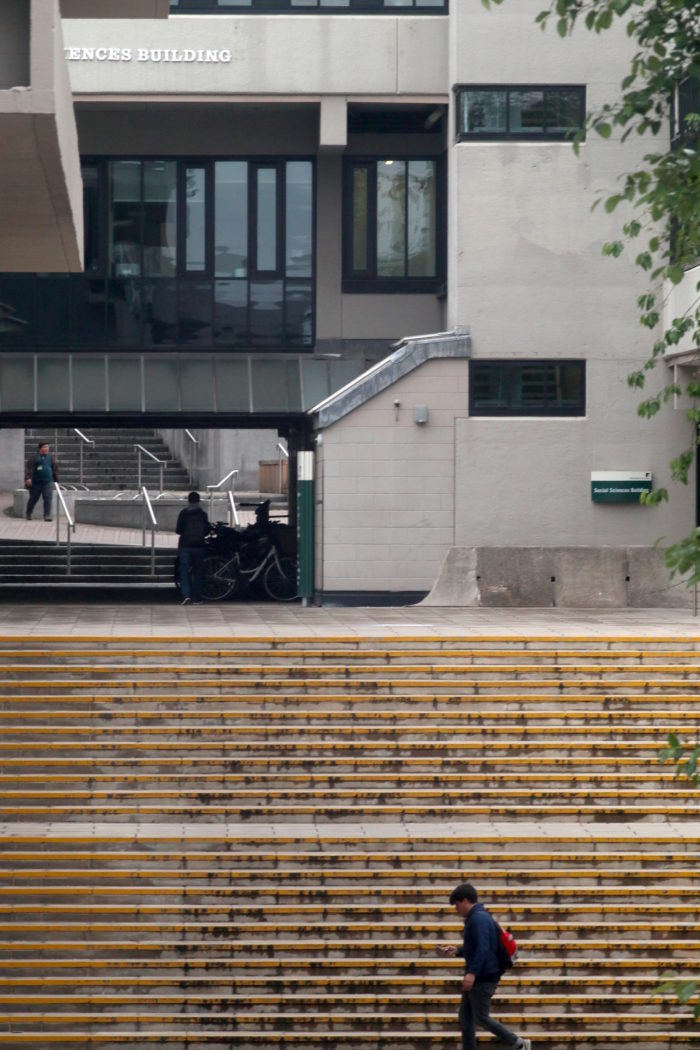talk: Visualizing Urban Digital Twins
"Visualizing Urban Digital Twins" presented by Prof Nick Holliman - a project supported by The Alan Turing Institute
Abstract - Photo-realistic terapixel visualization is computationally intensive and to date there have been no such visualizations of urban digital twins, the few terapixel visualizations that exist have looked towards space rather than earth. Our aims here are: creating a scalable cloud supercomputer software architecture for visualization; a photo-realistic terapixel 3D visualization of urban IoT data supporting daily updates; a rigorous evaluation of cloud supercomputing for visualization applications. We migrated the Blender Cycles path tracer to the public cloud within a new scalable software framework designed to scale to petaFLOP performance. In our results we demonstrate this system can compute a terapixel visualization in less than one hour, the system scaling at 98% efficiency to use 1024 public cloud GPU nodes delivering 14 petaFLOPS. The resulting terapixel image supports interactive browsing on thin clients of the city and its data at a wide range of sensing scales. The compute resource available in the cloud is greater than anything available on our national supercomputers and has allowed us to research results well beyond current national capability. The direct financial cost of doing so, compared to procuring and running these systems, was low. The indirect cost, in overcoming teething issues with cloud software development, should reduce significantly over time.
We will also outline one of the future directions for the project where we have started an investigation into the visualization of variance in IoT sensor data. The visualization of uncertainty requires a mental association to be made between a lack of a property (certainty) in a variable and the visual representation in an image of that lack of certainty. We propose a novel definition of visual entropy to numerically capture disorder and then further propose to link that semantically to the uncertainty being represented. This is conceptually appealing as maximum entropy relates to maximum disorder and we hypothesise this could form a strong semantic link to maximum uncertainty. We will present some interim results from trials at the Curtin HIVE in Perth, WA.

